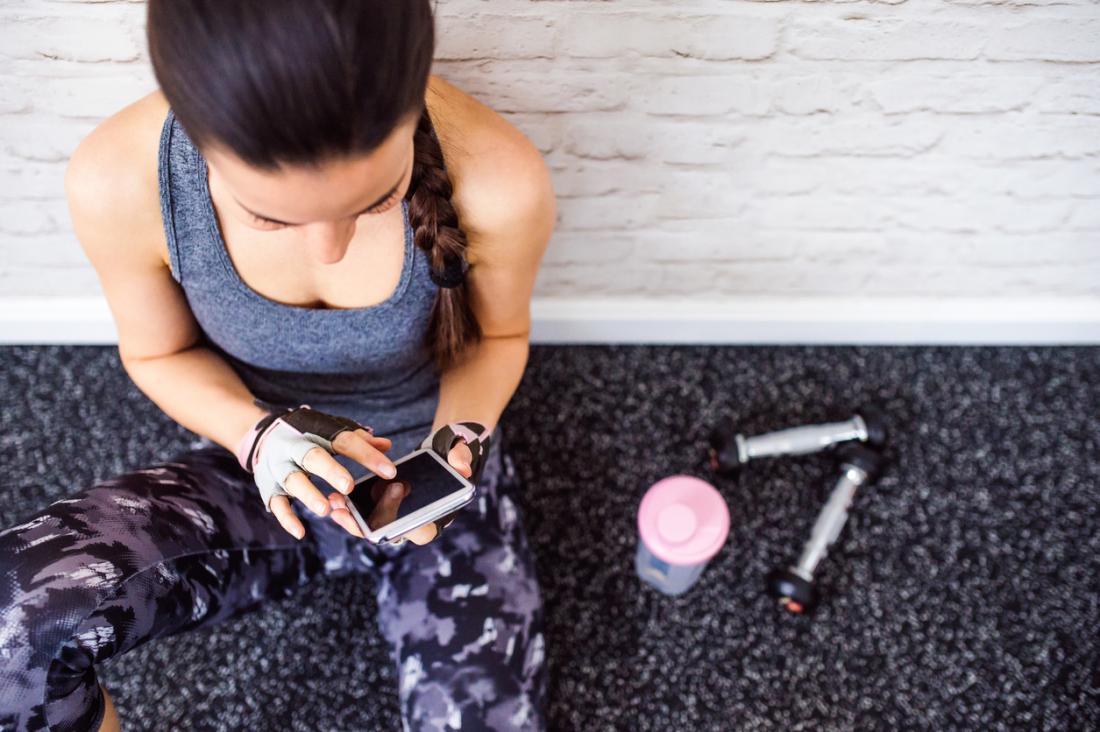You can’t go wrong with attempting to lead a healthier lifestyle. There is plenty of information in this modern world, and many people resort to various sorts of fitness apps.
After all, when you put in so much effort, it’s good to know where you stand. Do you prefer to gain muscle or lose weight, and how many Avocado calories half you ingest on any given day? That way, you can keep your mind focused on reaching your objectives and make the next step in the process, whatever it happens to be.
Let’s make a side-by-side comparison of MyFitnessPal and MyNetDiary, two popular choices among fitness enthusiasts.
1. Customization
When you’ve set out to reach your goals at your own pace, customization is a priority.
MyFitnessPal, apart from letting you choose your favorite nutrients, doesn’t offer many customization options.
MyNetDiary is quite flexible in this regard. Although simplicity is at its core, do not be mistaken. The app offers you more customization options than you can imagine. With a little bit of tweaking, you can make it into a customized powerhouse of a fitness tracking app.
You can even shuffle and move around the dashboard items at will. If there’s something you don’t need, feel free to hide it.
2. Database quality
You always want to keep your sources of information up-to-date and relevant, and fitness tracking apps are no different.
MyFitnessPal has well over 11 million food items in its database. No matter how obscure, chances are, you’ll be able to find any food item in there. The downside is that anyone can add an entry to it so that you can expect plenty of incomplete and downright incorrect entries.
MyNetDiary’s database sits at around 1 million entries, but to make up for it, everything it contains is double-checked by a professional. Although you’ll stumble into a couple of duplicates here and there, it tends to be more the more reliable choice overall.
However, if you do stumble upon something out-of-date, the users have an option to scan the barcode of a food item and provide relevant photos. After that, you can expect that item to be updated in a matter of hours.
3. Ads
Although it’s subjective how much of a tolerance you have toward ads, even so, it’s something you should factor into your decision.
MyFitnessPal is an app monetized by adds. Fair enough, but it could be a hindrance to some.
MyNetDiary emphasizes zero distractions, so it comes without ads (this applies to the free version of the app).
4. iPad compatibility
If you’re a die-hard Android user, you may want to skip this section. But for all the rest, keep on reading.
MyFitnessPal does support iPads, but it’s the standard resize, meaning that you will view typical smartphone dimensions.
MyNetDiary takes account of iPad’s screen dimensions, so everything is designed in such a way to utilize the entire screen real estate available fully.
5. Design
An app’s design dictates how easy it is to find relevant information and how user-friendly the experience will be.
MyFitnessPal does contain many elements on a single screen, but it could be argued that being able to find something specific will be harder as a result.
MyNetDiary places emphasis on keeping things organized, so a single screen does not contain as many elements (you can tap on relevant subsections for more information). It also supports the dark mode.
How secure are fitness tracking apps?
It’s important to have a firm grasp on cybersecurity essentials to protect your privacy by using any fitness tracking apps.
It’s a good idea to know what a VPN is, how to connect to a network safely, and what boxes you should never tick under any circumstances. This is especially true when it comes to sending and storing sensitive data that pertains to your health. You should ask yourself these questions:
- Where is the data being sent?
- Can the target server and its administrator be trusted?
- Do you have the option to erase it at any time?
- Is the stored data encrypted properly?
- Are you comfortable sharing your heart rate, injuries, and so forth in the first place?
Let’s say you’re a runner who opts to share location data. Now ask yourself this: what would happen in the event of a breach? Someone could retrace your steps and know everything about where you live, what restaurants you visit, etc. So always look at the data protection policy of whatever service you’re entrusting your data to (and be mindful of what permissions you give to the apps you use).
Conclusion
MyFitnessPal features a huge database and is community-driven, but a bit rough around the edges. Although it comes with a smaller database, MyNetDiary is sleek and professionally-organized, does not contain ads, and is better optimized to a device of your choice. Why not test them both and see which one you like best?








